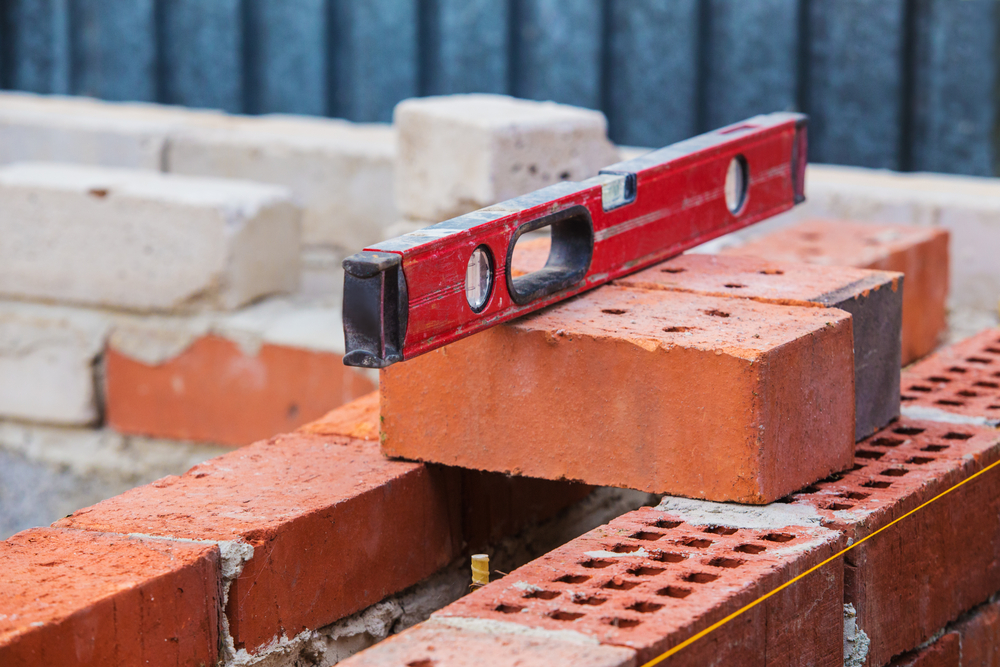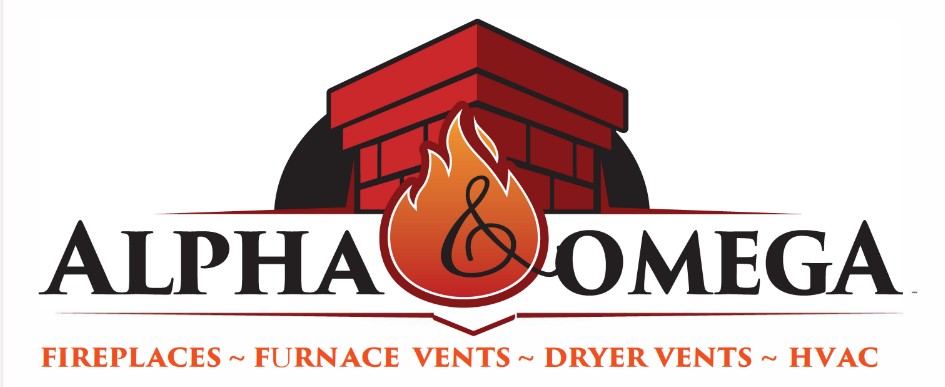
The Importance of Regular Masonry Inspections in Ingham County
Maintaining the structural integrity and safety of buildings is a fundamental concern for any homeowner, business owner, or public administrator. In Ingham County, where a blend of historic structures and modern developments coexist, masonry plays a crucial role in shaping the architectural landscape. Regular masonry inspections are not just a formality—they are an essential practice to preserve aesthetic appeal, ensure safety, and maintain property value. Understanding the importance of consistent masonry evaluations can prevent costly repairs, avert hazards, and uphold community standards.
Understanding Masonry and Its Role in Ingham County
Masonry is a method of construction that involves assembling individual units—such as bricks, stones, or concrete blocks—bound together with mortar. It is a time-tested construction technique known for its durability and strength. In Ingham County, many buildings, from century-old courthouses and schools to residential homes and commercial properties, feature masonry elements either as structural or decorative components.
The climate in Ingham County, with its hot summers and harsh, freezing winters, presents unique challenges for masonry. Moisture intrusion, freeze-thaw cycles, and seasonal temperature fluctuations can degrade mortar joints, crack bricks, and compromise structural integrity over time. Without regular inspections, minor issues can develop into significant problems, including collapsing walls or water damage that affects interior finishes and utilities.
Masonry is not only a structural asset; it’s also a symbol of the county’s heritage. Many of Ingham County’s historic buildings owe their enduring charm and significance to intricate stonework and traditional brick facades. Preserving these features through regular maintenance ensures that the area retains its cultural and historical identity.
Common Issues Found in Masonry Structures
Even the most robust masonry construction is susceptible to deterioration, especially when exposed to environmental stressors and lack of upkeep. Regular inspections are essential to identify common issues before they become hazardous.
One of the most prevalent problems in masonry is mortar deterioration. Over time, the mortar that binds masonry units can erode due to water penetration, chemical exposure, and biological growth such as moss or mold. When mortar joints fail, bricks or stones may loosen, creating a serious structural concern.
Cracking is another frequent issue. Cracks can result from structural shifts, foundation settlement, seismic activity, or thermal expansion and contraction. While not all cracks are structurally significant, some may indicate deep-seated issues like wall displacement or compromised load-bearing capacity.
Spalling, or the chipping and flaking of brick or stone surfaces, typically results from water infiltration followed by freeze-thaw cycles. In colder climates like Ingham County’s, water trapped within masonry materials can freeze and expand, forcing pieces of brick or stone to break away.
Efflorescence—white, powdery deposits on the surface of masonry—may appear unsightly and suggests moisture migration through the walls. While efflorescence is not inherently harmful, its presence indicates a need to investigate underlying moisture issues.
Vegetation and organic matter can also cause damage when allowed to grow into masonry joints. Roots can exert pressure that splits joints and damages foundations. These and other issues underscore the importance of vigilant, ongoing masonry inspections.
The Consequences of Neglecting Masonry Inspections
Neglecting regular masonry inspections can have severe consequences for both property owners and the broader community. The most immediate risk is structural failure. What begins as a hairline crack or eroded joint may eventually compromise the stability of a wall or facade, potentially leading to collapse. Such events not only incur extensive repair costs but may endanger lives and invite legal liability.
Water intrusion is another critical concern. Faulty masonry often allows moisture to penetrate the building envelope, leading to interior damage such as mold growth, rotted wood framing, ruined insulation, and damaged electrical systems. These repairs are not only expensive but may also require temporary relocation or shutdown of business operations.
Neglected masonry can also diminish property value and curb appeal. In a competitive real estate market, the appearance and condition of exterior finishes can significantly influence a property’s marketability. A well-maintained masonry facade suggests that a property is cared for, increasing buyer confidence and perceived value.
In public spaces and historic districts of Ingham County, failing masonry can undermine community pride and violate local preservation codes. For properties designated as historically significant, failing to maintain masonry may result in fines or loss of historic status.
In some instances, neglected masonry can lead to safety hazards in public areas—falling debris, unstable walls, or compromised walkways. This exposes municipalities and property managers to substantial risks, both physical and financial.
Best Practices for Masonry Inspections and Maintenance
Regular masonry inspections should be performed by qualified professionals with a deep understanding of construction materials and regional weather impacts. In general, masonry structures in Ingham County should undergo thorough inspection at least once every one to three years, depending on age, usage, and exposure.
An inspection typically includes a visual assessment for cracks, bulging, discoloration, efflorescence, and signs of water damage. It also involves probing mortar joints for signs of softness or voids. In more advanced inspections, tools such as moisture meters, drones, or infrared thermography may be used to detect hidden issues without invasive procedures.
After inspection, any issues found should be addressed promptly. Tuckpointing—a process where deteriorated mortar is removed and replaced—is a common repair technique that can restore both strength and appearance. In cases of severe damage, brick replacement, waterproofing, or installation of control joints may be necessary.
Preventive maintenance is also key. Applying water-repellent sealants, improving drainage systems, and ensuring proper flashing can reduce the rate of deterioration. Regular cleaning using approved, gentle techniques can also preserve the aesthetics without causing further harm.
For historic buildings, preservation experts should be consulted to ensure that materials and methods used align with preservation guidelines. Using inappropriate materials can exacerbate damage and reduce historical authenticity.
Homeowners and property managers should also stay vigilant between professional inspections. After major weather events, quick checks for new cracks, water stains, or signs of movement can help catch problems early.
The Broader Impact: Preserving Community Heritage and Safety
The benefits of regular masonry inspections extend far beyond individual property lines. In a place like Ingham County—home to landmarks, institutions, and diverse neighborhoods—well-maintained masonry contributes to a safer, more beautiful, and historically rich environment for all.
When buildings are maintained with care, communities experience greater cohesion and pride. Visitors are more likely to appreciate the charm and history of towns like Mason, Lansing, and Okemos when brick buildings are intact and attractive. Schools, churches, and municipal buildings serve not just functional roles, but also as cultural cornerstones.
Additionally, regular inspections and repairs foster a culture of responsibility and stewardship. By prioritizing masonry maintenance, homeowners and local governments signal that the integrity of their shared environment matters.
For real estate investors and developers, Ingham County presents opportunities to preserve and revitalize historic properties. Regular inspections ensure that these investments remain safe and appealing, potentially unlocking economic development through tourism and commerce.
Emergency services and insurance providers also benefit from this preventive approach. Fewer structural failures mean reduced call volumes and liability claims. It becomes easier to assess risk and determine fair insurance premiums when property owners actively maintain their buildings.
Ultimately, masonry inspections are about more than bricks and mortar—they are about protecting people, preserving stories, and fostering a resilient community. In a region where weather, history, and architecture intersect, consistent attention to masonry is an investment in the future of Ingham County.
Conclusion
By recognizing the hidden vulnerabilities in our most solid-looking structures, residents and officials in Ingham County can take proactive steps to ensure safety, preserve beauty, and honor the county’s unique architectural heritage. Regular masonry inspections, while seemingly minor, are a vital component of that effort—and a wise priority for anyone who values long-term stability and community pride.
Need Certified Chimney Professionals in Your Area?
Here at Alpha & Omega Services, we take pride in providing top-quality fireplace solutions with over 25 years of experience. Whether you’re looking to upgrade your existing hearth or install a new system, our team of licensed Michigan mechanical contractors is here to help. From installation and repairs to chimney inspections and maintenance, we’ve got you covered. Let us bring warmth and elegance to your home with our expert fireplace and masonry services. Contact us today to schedule your next service—your fireplace deserves the best, and we’re here to deliver!
Categorised in: Masonry Repair




